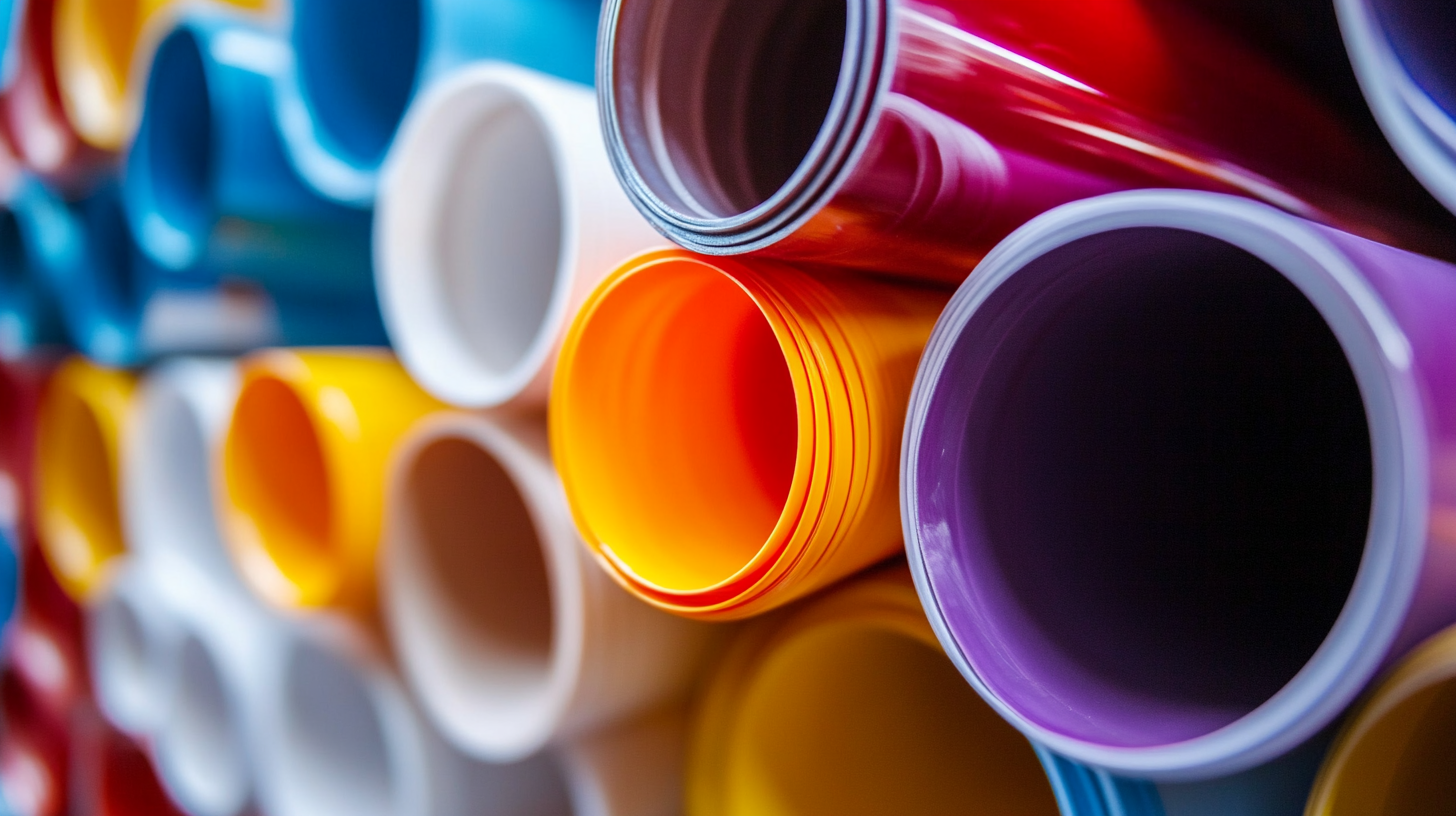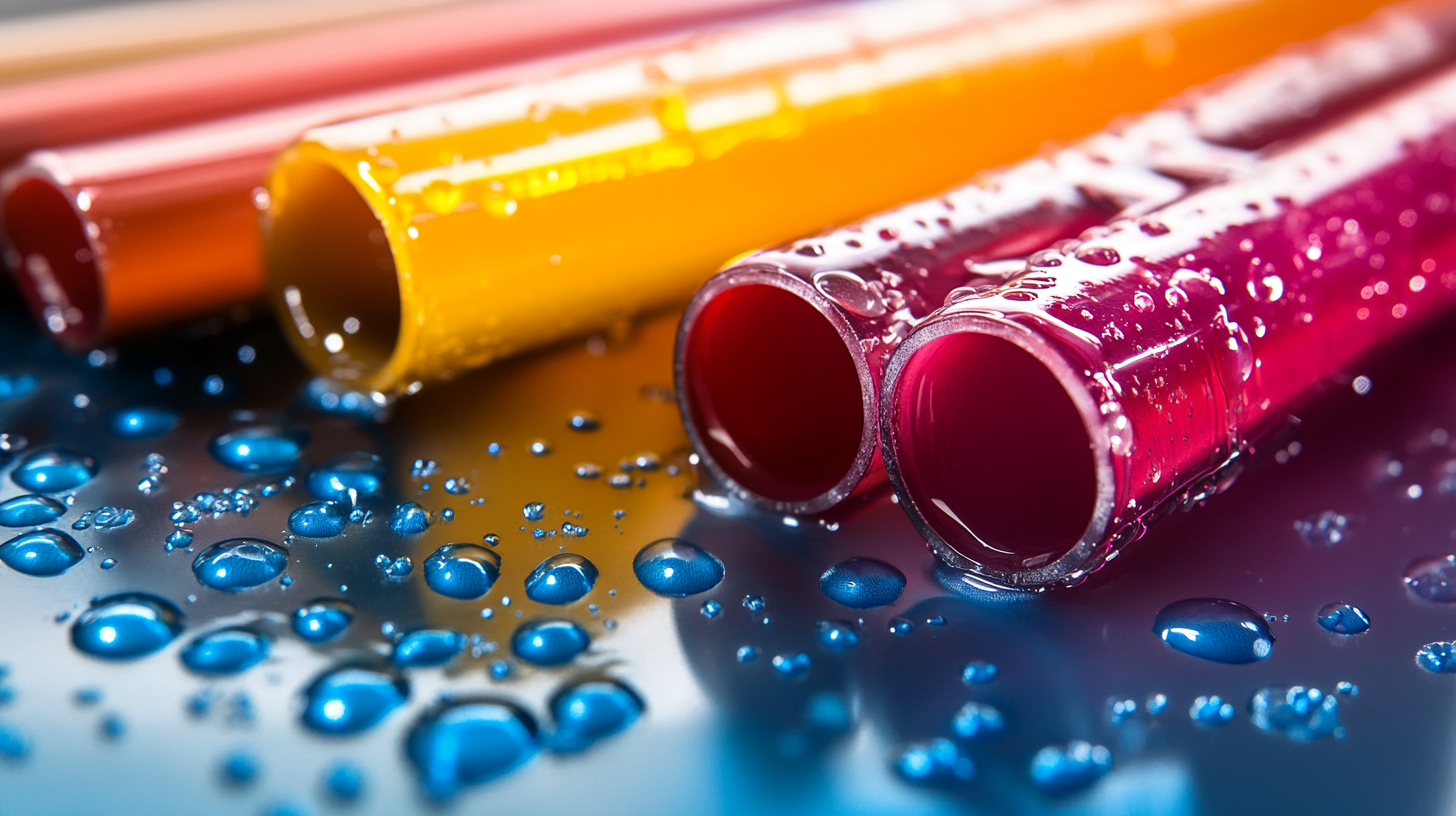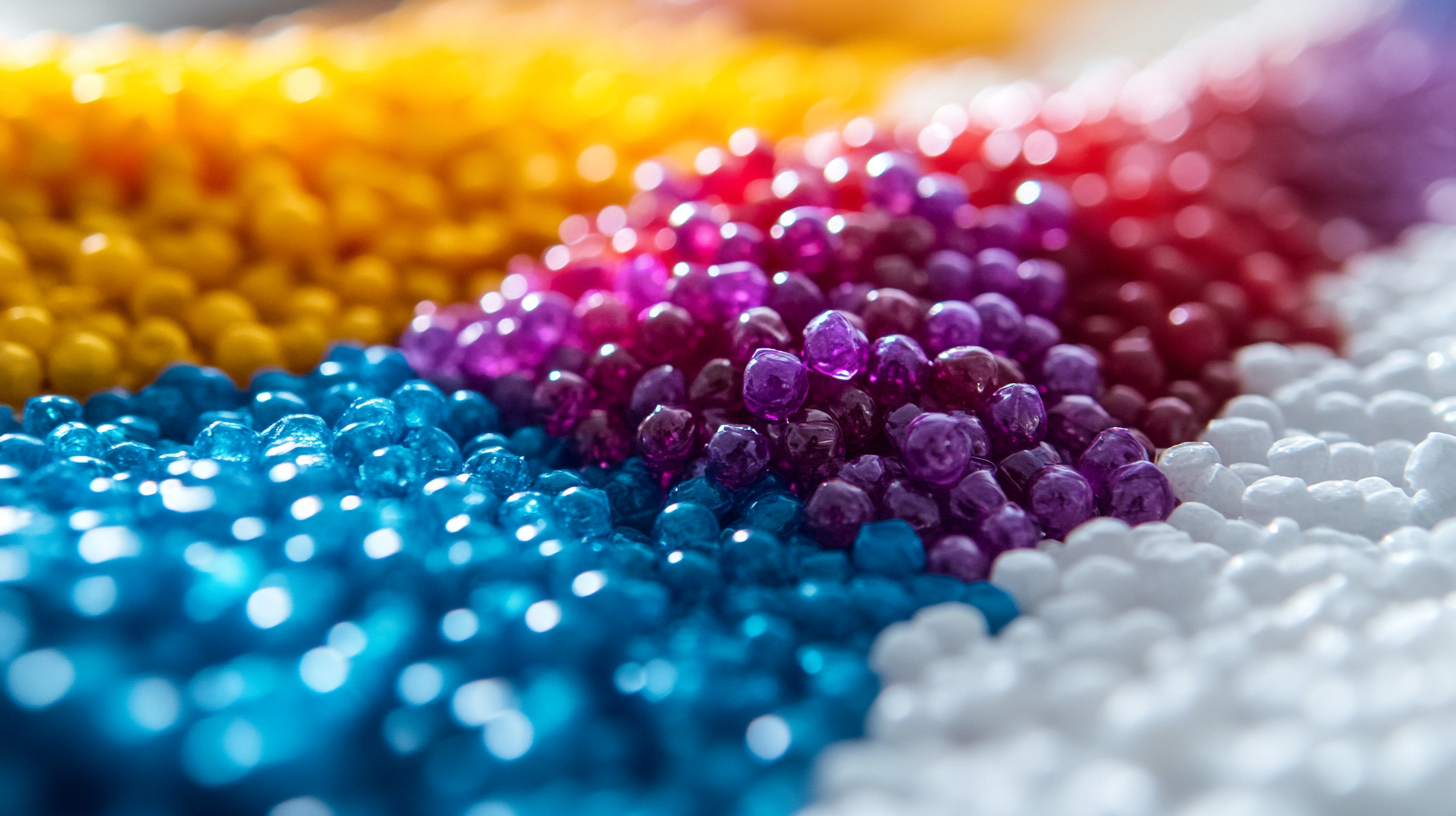
Top 7 Industry Standards Defining the Best PVC Additives You Need to Know
In the ever-evolving landscape of plastic manufacturing, the significance of PVC additives cannot be overstated. These essential components play a crucial role in enhancing the performance and durability of polyvinyl chloride, making it a preferred choice across various industries. However, not all PVC additives are created equal, and staying informed about the best industry standards is vital for manufacturers aiming to produce high-quality products. This guide delves into the top seven industry standards that define the most effective PVC additives, equipping you with the knowledge to choose the right formulations for your applications. By understanding these benchmarks, you can optimize your processes, improve product longevity, and ensure compliance with regulatory requirements, ultimately positioning your offerings for success in a competitive market.

Characteristics of Various PVC Additives in the Industry
When it comes to PVC additives, understanding their unique characteristics is essential for selecting the right one for your specific applications. From impact modifiers to heat stabilizers, each additive serves a distinct purpose that enhances the performance and longevity of PVC products.
Impact modifiers, for example, are crucial in improving the toughness and flexibility of PVC, making it suitable for various environments. These additives can significantly reduce the brittle nature of PVC, allowing for better performance in colder temperatures.
Heat stabilizers, on the other hand, play a pivotal role in prolonging the lifespan of PVC during processing and end-use. They protect the material from thermal degradation that can occur during manufacturing and exposure to high temperatures. This not only ensures the integrity of the final product but also helps maintain its color and mechanical properties over time.
Additionally, processing aids and lubricants enhance flow properties, enabling smoother processing, while fillers and colorants contribute to cost-effectiveness and aesthetic appeal. Understanding these characteristics is vital for manufacturers aiming to optimize their PVC formulations and meet industry standards effectively.
Applications of PVC Additives Across Different Product Types
PVC additives play a crucial role across various product types, enhancing performance and versatility. In construction, plasticizers improve flexibility in pipes and fittings, ensuring they can withstand the rigors of installation and usage. Stabilizers are essential in outdoor applications, protecting PVC items from ultraviolet light and preventing degradation from environmental factors. These enhancements allow for a longer lifespan and improved safety in construction materials.
In consumer goods, PVC additives like impact modifiers are used in manufacturing toys, providing necessary durability and resilience against drops and impacts. For medical applications, biocompatible additives ensure that PVC materials meet stringent safety standards, making them suitable for medical devices and packaging. This versatility in application showcases how critical the right additives are to the performance and safety of PVC products.
Tip: When selecting PVC additives, consider the specific climate and usage conditions of your product to choose the right stabilizers or plasticizers. Additionally, always prioritize high-quality, industry-certified additives to ensure compliance and longevity in your applications.
Comparative Analysis of Performance Metrics for PVC Additives
When evaluating PVC additives, it's essential to conduct a comparative analysis of their performance metrics. Performance metrics may include factors such as thermal stability, compatibility, and overall efficiency in enhancing the properties of PVC. For instance, some additives improve the thermal stability of PVC, allowing products to withstand higher temperatures without degrading. Comparing these metrics helps manufacturers identify which additives not only enhance performance but also align with industry standards for safety and environmental impact.
Another crucial metric is the processing characteristics of the additives. Additives that facilitate easier processing can significantly reduce production time and costs. For example, lubricants in PVC formulations enhance flow characteristics, making it easier to mold complex shapes without defects. The effectiveness of heat stabilizers and impact modifiers can also be gauged by their ability to improve the end-product's durability and flexibility. By conducting a thorough comparative analysis, manufacturers can ensure that they choose the best additives tailored to their specific applications while adhering to industry benchmarks.

Safety Standards and Environmental Impact of PVC Additives
 When discussing the safety standards and environmental impact of PVC additives, it's essential to recognize the complex interplay between these materials and public health. In recent years, regulatory bodies have established stringent guidelines to ensure that additives used in PVC products do not pose a risk to consumers or the environment. These regulations typically focus on limiting harmful chemicals, such as phthalates and heavy metals, which can leach out and potentially contaminate water sources or accumulate in living organisms.
When discussing the safety standards and environmental impact of PVC additives, it's essential to recognize the complex interplay between these materials and public health. In recent years, regulatory bodies have established stringent guidelines to ensure that additives used in PVC products do not pose a risk to consumers or the environment. These regulations typically focus on limiting harmful chemicals, such as phthalates and heavy metals, which can leach out and potentially contaminate water sources or accumulate in living organisms.
Moreover, the environmental impact of PVC additives extends beyond their initial use. The lifecycle of these materials, from production to disposal, plays a crucial role in determining their ecological footprint. Eco-friendly alternatives are being promoted, encouraging manufacturers to adopt more sustainable practices. Innovations in biodegradable additives and recycling methods are paving the way for a greener approach to PVC applications. As the industry shifts toward these standards, ongoing research and development will be vital in balancing functionality with safety and environmental responsibility.
Innovative Trends Shaping the Future of PVC Additives
The landscape of PVC additives is constantly evolving, driven by innovative trends that prioritize sustainability, safety, and performance. One of the most significant shifts is the increasing demand for eco-friendly alternatives to traditional additives. Manufacturers are now exploring bio-based options, which not only reduce the carbon footprint but also cater to the environmentally conscious consumer. This trend aligns with global efforts to meet stricter environmental regulations and the rising popularity of sustainable materials across industries.
Another noteworthy trend impacting the future of PVC additives is the advancement in technology, particularly in areas like nanotechnology and smart additives. These innovations allow for enhanced functionality in PVC products, such as improved durability and resistance to environmental stressors. Smart additives can offer features like self-healing or self-cleaning properties, transforming the way PVC materials perform in various applications. As industries continue to seek more efficient and versatile solutions, these innovative trends will play a crucial role in defining the future of PVC additives.
Top 7 Industry Standards Defining the Best PVC Additives You Need to Know
| Standard Name | Description | Importance | Current Trends |
|---|---|---|---|
| REACH | Registration, Evaluation, Authorisation, and Restriction of Chemicals in the EU | Ensures safe chemical usage | Increased focus on non-toxic additives |
| RoHS | Restriction of Hazardous Substances in electrical and electronic equipment | Limits hazardous materials in products | Growing demand for eco-friendly solutions |
| ISO 14001 | Environmental Management Systems standard | Improves resource efficiency | Sustainability initiatives |
| ASTM D2565 | Standard Guide for Accelerated Weathering Testing | Evaluates resistance to environmental stress | Innovative weather-resistant additives |
| IEC 60754 | Measurement of halogen acid gas content | Reduces toxic emissions | Shift toward low-halogen technology |
| UL 94 | Standard for Tests for Flammability of Plastic Materials | Ensures fire safety of materials | Increased emphasis on flame-retardant additives |
| NFPA 705 | Recommended Practice for the Assessment of Flame Retardant Fabrics | Evaluates flame retardant effectiveness | Technological advancements in flame retardants |

